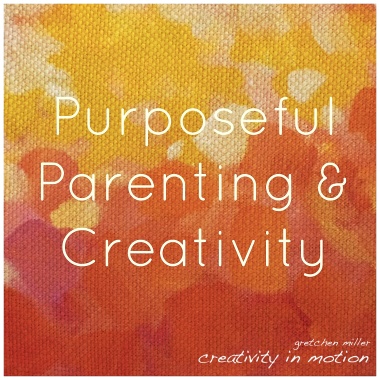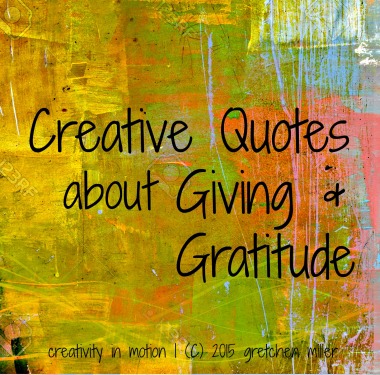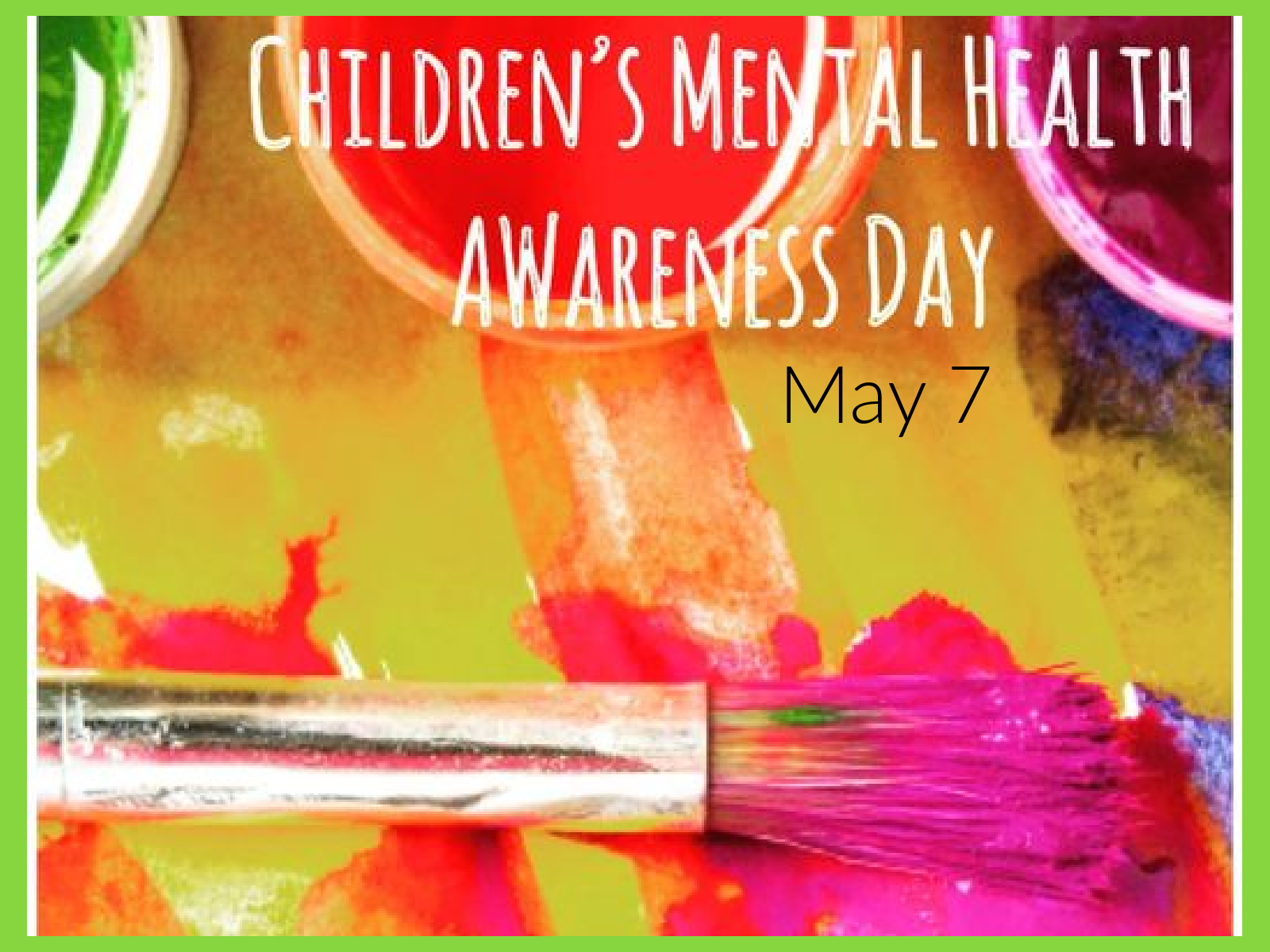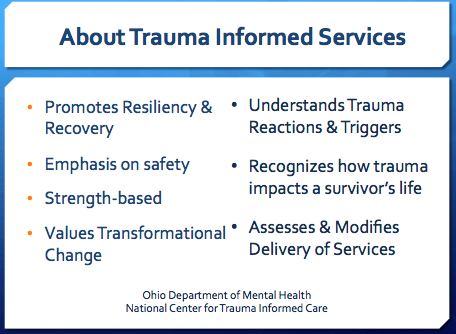
July recognizes Purposeful Parenting Month, which highlights the significant relational value of parents and children having resilient and meaningful connections with one another. Purposeful Parenting embraces understanding, unconditional love, and empathy with the consistency of structure, safety, and healthy boundaries. To parent with purpose is to be an active contributor in sustaining rapport, connection, and intention with your child or teen.
An offering I have facilitated is an art therapy group for moms living in a shelter with their children as they work on transitioning out of homelessness. This art therapy group was part of the shelter’s trauma informed parenting support program as an opportunity to receive nurturing assistance during this challenging time to strengthen coping, self-care, and explore empowering ways to sustain an affirming relationship in their child’s lives. The power of art and the creative process offers a safe place to address these topics. Over the years that I was involved with this program, I met moms of amazing strength and resilience, not only committed to creating healthier relationships and attachments with their children, but often working on their own trauma recovery.
For children who have experienced trauma and loss in their young lives, having adult attachments that engage with purpose and compassion can be a key component to their healing. Perry & Szalavitz (2006) speak to how a child’s relationship with the adults in their lives has an essential component to how they react to trauma. They also note that if a child is surrounded and nurtured by caregivers who are safe, comforting, dependable, and present; this can help protect youth from the adverse effects of trauma, as well as strengthen their ability to recover.
“Recognizing the power of relationships and relational cues is essential to effective therapeutic work, and indeed, to effective parenting, caregiving, teaching, and just about any other human endeavor.” (p. 67, The Boy Who Was Raised as a Dog).
Ohio’s American Academy of Pediatrics identities six components to purposeful parenting for parents and caregivers to keep in mind. Being Protective, Personal, Progressive, Positive, Playful, and Purposeful in our relationships decreases the impact of chronic stress exposure and ultimately supports a child’s fullest potential and well-being.
The foundation of purposeful parenting and fostering relational enrichment inspired me to reflect on some fun and creative activities for families (and adult helpers involved in children’s lives) to engage in together that encourage affirming experiences and supportive interaction. Creative experiences can be an enjoyable way to foster connection, develop interpersonal ties, and positive memories:
- Painting with Bubbles or Shaving Cream: These sensory-based twists on painting can encourage play and experimentation between child and parent using simple, inexpensive materials. Levine & Kline (2008) cite that activities involving art expression such as painting and drawing are great bonding opportunities for parents to engage in alongside their children.
- Sidewalk Chalk: Grab a bucket or box of sidewalk chalk, head outside and take a break to chalk it up together—at home, a local park, or playground! Suggested ideas to support collective participation in this activity include drawing where the child and parent can add to one another’s images, marks, or doodles. If you are up for making your own sidewalk chalk, here’s how. Families can also play these classic sidewalk chalk games.
- Nature Walk & Scavenger Hunt: Parents, young children, and teens can benefit from unplugging and taking time to enjoy the outdoors, fresh air and reconnect! Take a walk in nature, go biking or hiking together. Create a scavenger hunt of different nature items that the family can look for and find as a group or in pairs.
- Homemade Play Dough and Goop: Spend a morning or afternoon making a batch of play dough together, or for older kids goop recipes can be equally as inviting and fun. You can even make scented play dough, which can add an additional sensory component to this experience.
- Visit an Art Museum, Art Festival, or Creative Community Event: Check out your local art museum or art event as a family outing. Many museums have family related programming or guides that can help enhance your experience! Here in Cleveland, the Cleveland Museum of Art offers a hands on, interactive family-friendly art space called Studio Play. For young children (ages 2-4), this mail art program allows caregivers and kids to engage at home with art. And it’s free!
No matter what the month or season, there is true power in the relationships we nurture for the children and teens we care for, either as parents, caregivers, or helpers. It’s important to keep enriching these healthy attachments by cultivating safe experiences and moments of meaning all year round.
Recommended Reading:
Levine, P.A., & Kline, M. (2008). Trauma-proofing your kids: A parent’s guide to instilling confidence, joy, and resilience. Berkeley : North Atlantic Books.
Perry, B.D., & Winfrey, O. (2021). What happened to you? Flatiron Books.
Perry, B.D., & Szalavitz, M. (2006). The boy who was raised as a dog. New York: Basic Books.
Resources:
Introduction to Purposeful Parenting (PDF) | Ohio Chapter of the American Academy of Pediatrics
How to Approach Mindful, Purposeful Parenting
The Purposeful Parenting Mindset | PsychCentral
Purposeful Parenting Month: A Time to Learn and Grow
The Artful Parent























You must be logged in to post a comment.